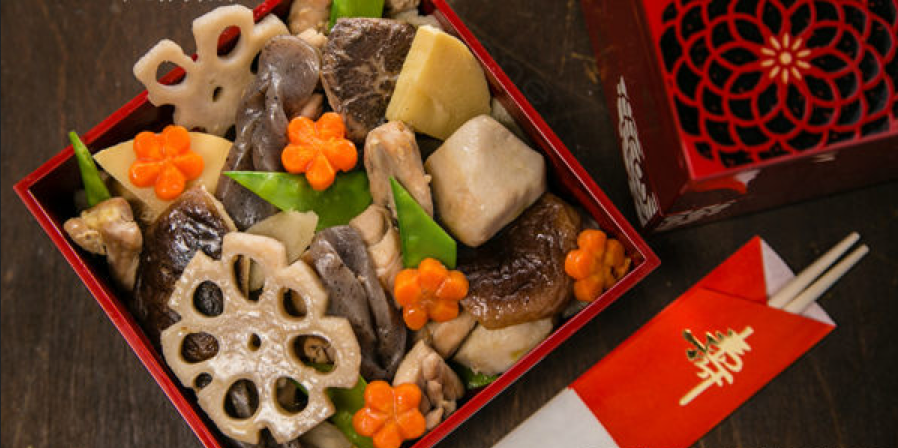A Brief History of Bento
Bento can be found everywhere in Japan, from convenience stores and railway stations to upscale department stores. But where did they come from? Join us as we take a look at the centuries-long history of the bento. We’ve divvied up the chronology into Japanese historical eras for a more localized context!
By John AsanoKamakura Period (1185–1333)
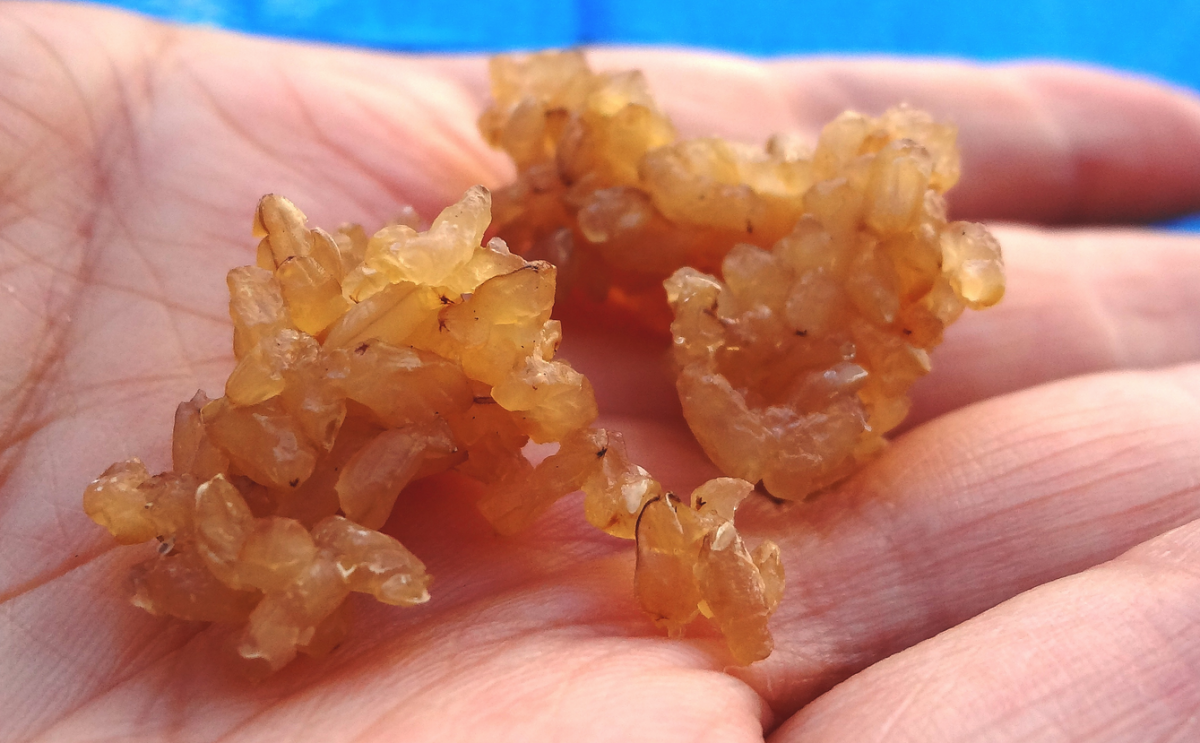
http://moribitonokai.net/moribico/shinra/2014/04/28/886/
We can trace the bento’s earliest origin as portable food to the late Kamakura Period (1185–1333), when cooked and dried rice called hoshi-ii was developed. This dried rice was carried in a bag and could be eaten as-is, or boiled with water to re-cook the rice.
Azuchi-Momoyama Period (1573–1603)
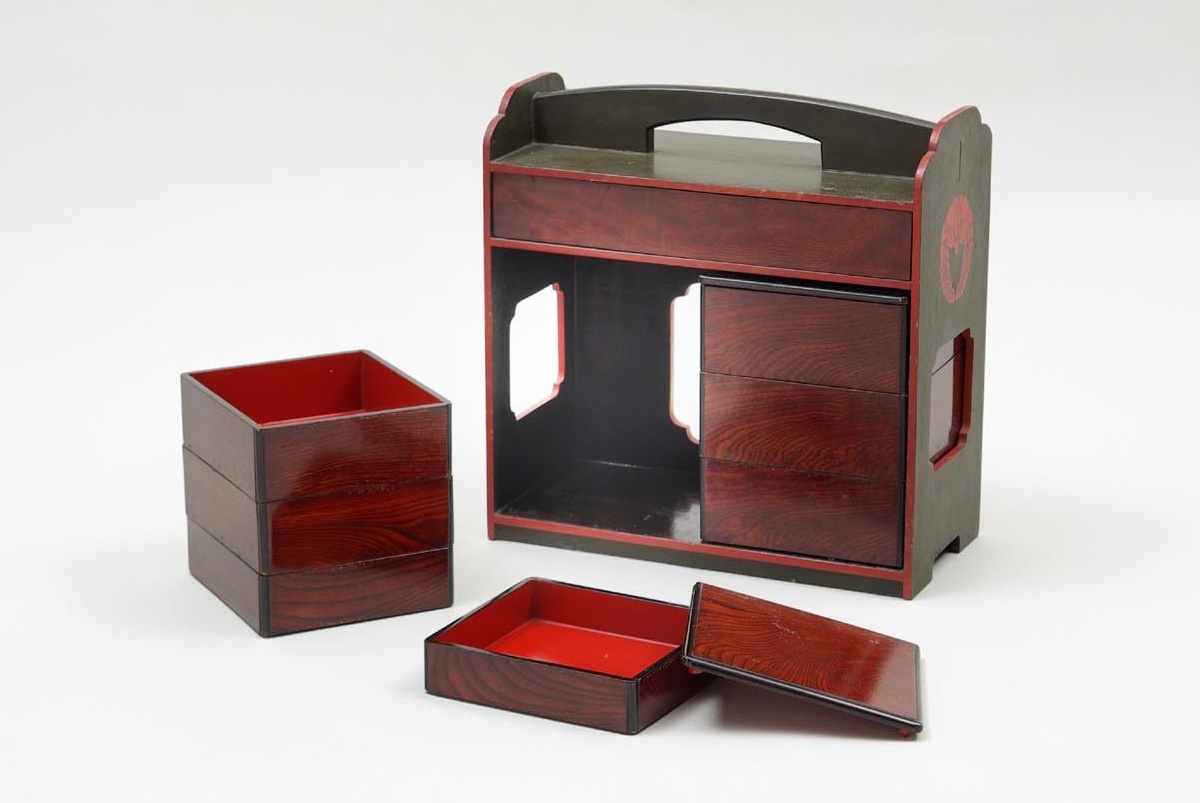
http://www.bunka.pref.mie.lg.jp/rekishi/kenshi/asp/shijyo/detail.asp?record=576
The modern bento can trace its roots back to the volatile Azuchi-Momoyama Period (1573–1603), when wooden lacquered boxes were used for holding food. These bento boxes were typically eaten during hanami (cherry blossom viewing) or at outdoor tea ceremonies. The samurai warlord Oda Nobunaga also popularized bento by distributing simple meals at his castle to the many people stationed there. The term "bento" is credited to Nobunaga himself.
Edo Period (1603–1868)
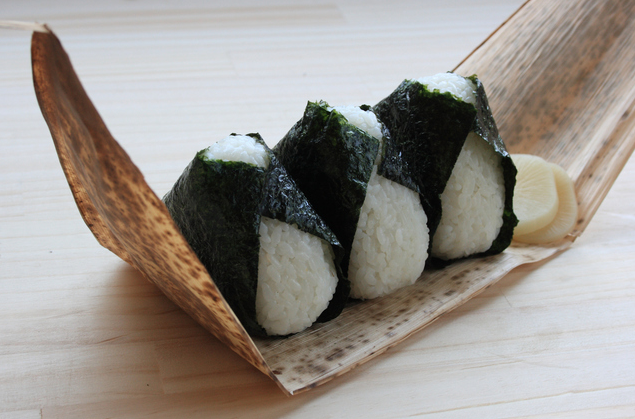
http://www.qkamura.or.jp/qkamura/489/date.asp?id=haguro&room=3&plan=173&ty=ser&prv=
Bento culture flourished and became more refined and elegant during the peaceful Edo Period (1603–1868). It was during this time that bento became an essential item for outdoor excursions. Travelers would often carry a simple koshibento (waist bento) that consisted of several onigiri (rice balls) wrapped in bamboo leaves. The makunouchi (traditional Japanese bento) also made its first appearance during the Edo Period; it had small rice balls sprinkled with sesame seeds and a rich assortment of side dishes. The makunouchi bento continues to be one of the most popular bento styles: the modern version usually comes with rice, grilled fish, cooked vegetables, tamagoyaki (grilled egg) and pickles.
Meiji Period (1868–1912)
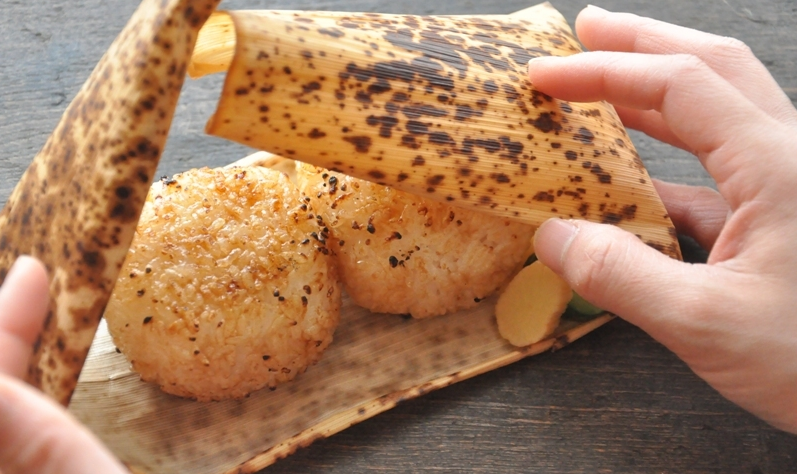
http://www.hakubutu.jp/12245
During the Meiji Period (1868–1912), soon after the advent of rail travel in Japan, the first ekiben (train station bento) were sold and subsequently popularized as the industrial rail boom spread throughout the country. The very first ekiben is believed to have been sold at Utsunomiya Station in Tochigi Prefecture in 1885. It simply contained two onigiri and a serving of takuan (pickled daikon radish) wrapped in bamboo leaves.
Taisho Period (1912–1926)
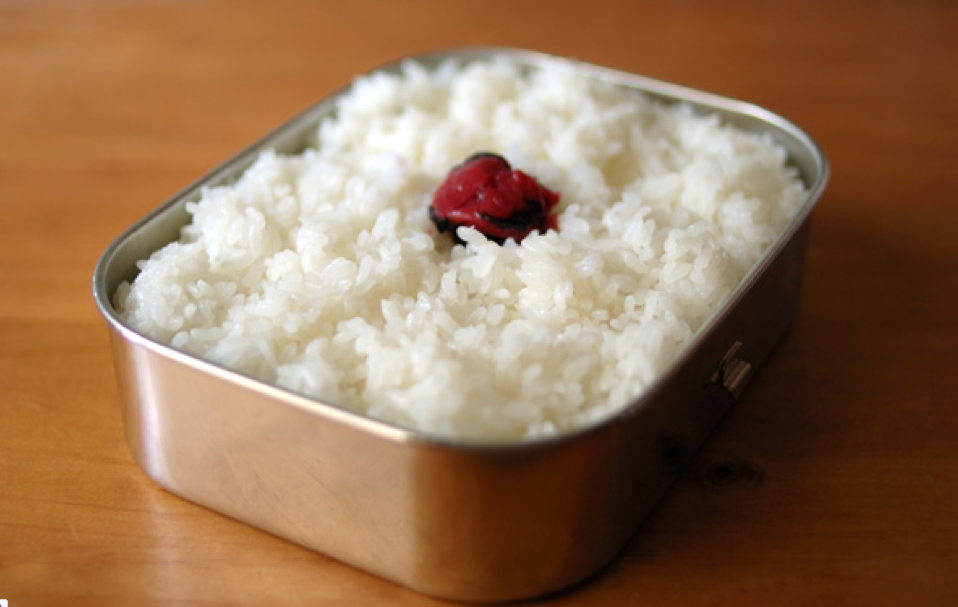
http://blogs.yahoo.co.jp/happydayslover/44374401.html
The aluminum bento became popular during the Taisho Period (1912–1926) because of its ease of cleaning and lustrous appearance. It was also during this time that a new material called Alumite, an aluminum alloy, was created and used for bento boxes. Alumite was light, durable and resistant to heat. It was the perfect lunch box to take to work, and it was widely used until the plastic bento box became available decades later.
Bento Today
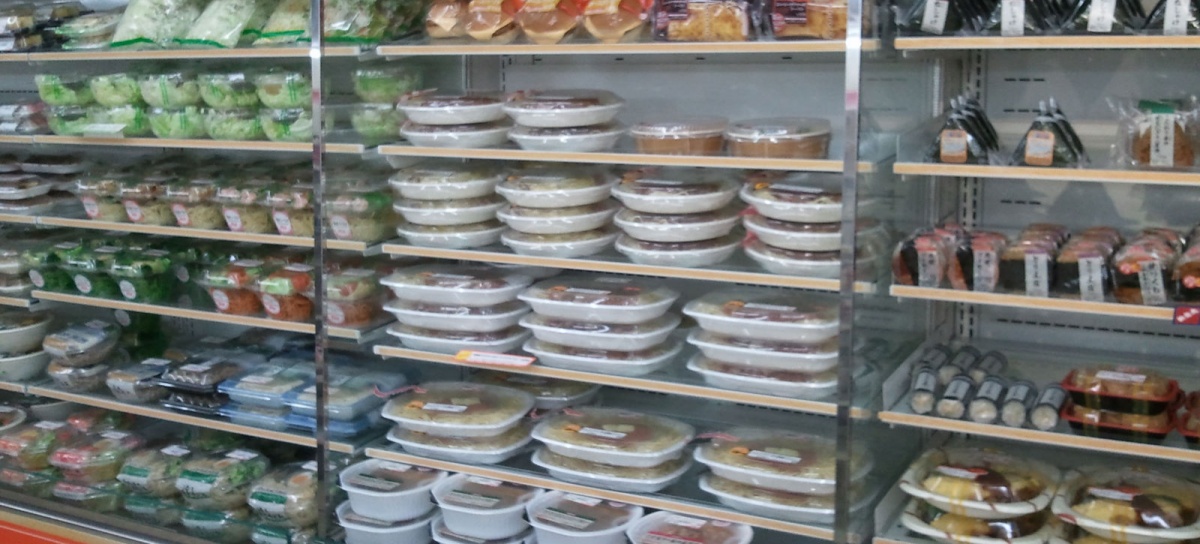
http://color0603.exblog.jp/16062871
The bento experienced its most recent popularity boom in the 1980s at the end of the Showa Period. This was due in no small part to the boom in konbini, or convenience stores, and the invention of the microwave oven. Homemade bento also made a comeback, and are now commonplace at schools and offices around Japan.
Today, bento are seen during day trips, at school picnics, sports days, local festivals and many other events in Japan. Its history is a long and storied one in the culinary delights of Japanese cuisine.


